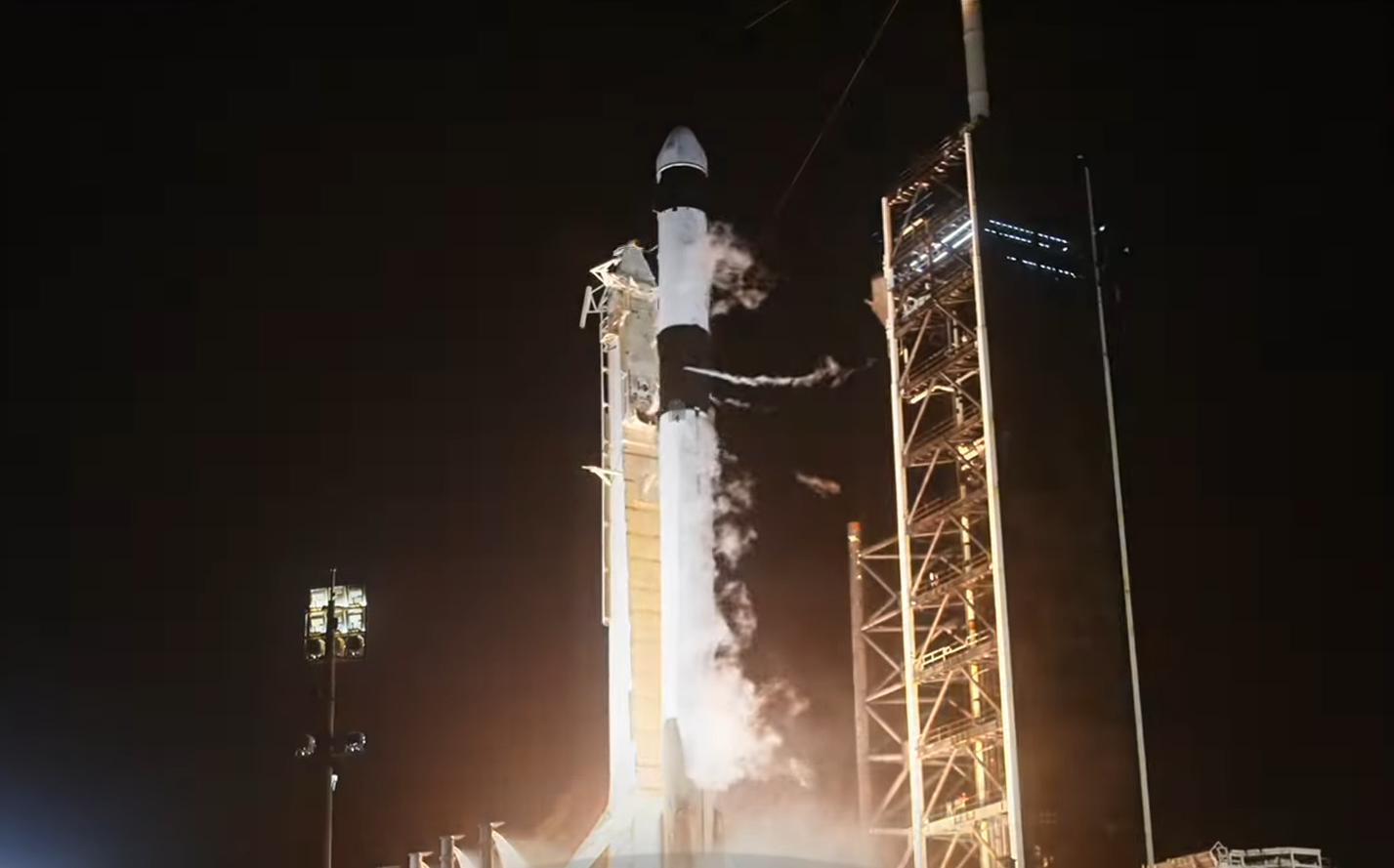Now Reading: Webb Telescope Delivers Insights on Atmosphere of Earth-Sized Exoplanet TRAPPIST-1 d
-
01
Webb Telescope Delivers Insights on Atmosphere of Earth-Sized Exoplanet TRAPPIST-1 d
Webb Telescope Delivers Insights on Atmosphere of Earth-Sized Exoplanet TRAPPIST-1 d

Rapid Summary
- The exoplanet TRAPPIST-1 d, rocky and Earth-sized, resides in its star’s “habitable zone” where liquid water could theoretically exist.
- A new study using NASA’s James Webb Space Telescope found that TRAPPIST-1 d dose not possess an Earth-like atmosphere.
- Webb’s NIRSpec instrument failed to detect molecules like water, methane, or carbon dioxide commonly found in Earth’s atmosphere.
- Possible explanations include a thin atmosphere (similar to Mars), thick clouds obscuring atmospheric signatures (like Venus), or the absence of an atmosphere altogether.
- Red dwarf stars like TRAPPIST-1 emit volatile high-energy radiation that could strip atmospheres from planets close to them; this makes retaining atmospheres challenging but not impractical for such planets.
- Studies of other planets in the TRAPPIST system are ongoing; outer planets e-h might have a better chance of retaining atmospheres due to their farther distance from stellar flares but present observational challenges due to colder conditions.
Read More: NASA Article on Webb Observations of TRAPPIST System
Indian Opinion Analysis
The findings concerning TRAPPIST-1 d highlight the complexities involved in identifying possibly habitable worlds. While India has its own active scientific initiatives through ISRO and increasing global partnerships on space exploration, studies like these underline the gap between theoretical habitability zones and actual conditions needed for life. Research focused on red dwarf systems is especially critically important given their abundance in our galaxy. For India, participation in international collaborations such as those utilizing advanced telescopes like NASA’s James Webb offers opportunities for knowledge exchange and skill-building.
India’s growing ambitions with its upcoming human space missions and investment into astronomy infrastructure demonstrate readiness to contribute meaningfully to future investigations into exoplanets. However, breakthroughs enabling atmospheric analysis similar to Webb remain aspirational. This underscores long-term strategic planning needs if India aims deeper involvement in cutting-edge astrophysical research.
























